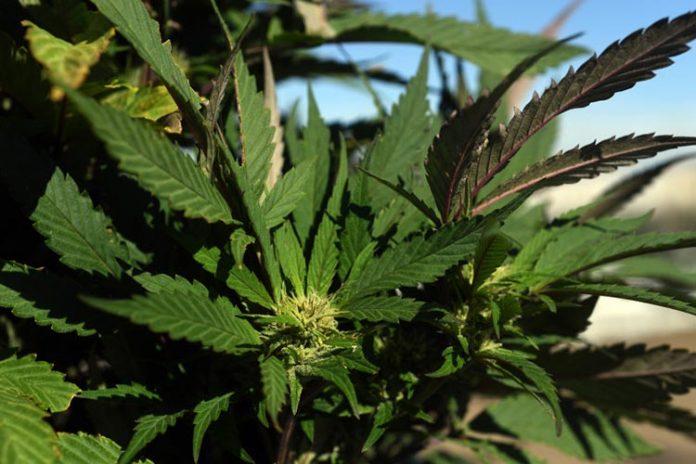In a groundbreaking new study, a report released Monday from researchers at Colorado State University-Pueblo finds that the marijuana industry provides a net positive economic benefit to Pueblo County, even when accounting for demands on law enforcement and social services.
The report estimates that the marijuana industry had an economic impact of more than $58 million in the county in 2016, while leading to added costs of roughly $23 million — resulting in a more than $35 million positive net impact. The report estimates that, in the most likely scenario, that net impact will rise to nearly $100 million a year by 2021.
Meanwhile, the report — which runs to more than 200 pages in length and examines trends in revenue, construction, marijuana use, homelessness, crime, environmental impact and other topics — finds little conclusive evidence to support arguments that marijuana legalization has caused widespread social change in the county. The report, for instance, notes anecdotes that marijuana legalization has led to higher in-migration and homelessness in the county, but ultimately concludes that data do not, at least yet, provide support for those perceptions.
“We found no evidence that poverty has either increased or decreased in Pueblo as a result of cannabis legalization,” the report’s authors write.
To Pueblo County Commissioner Sal Pace, long an advocate for the economic benefit of the cannabis industry in Pueblo, the report is a validation of the county’s efforts.
“More than two dozen Ph.D.s worked on this,” he said Monday, shortly after a commissioners’ meeting where the report was unveiled. “It’s really the first of its kind, a really all-inclusive look at cannabis legalization in a community”
Still, Pace said the report identifies areas where the county can do more.
He said the report notes numerous areas where the state and county could do better at collecting data to understand the impact of legalization. The report also argues that more educational efforts are needed for teenagers and pregnant women about the risks of marijuana use.
But what really jumped out, at least on a first read, are the economic impact numbers. Pace said the numbers are conservative because, he believes, they perhaps overstate the costs while undercounting the revenue. The study, for example, doesn’t include the economic benefit from wholesale marijuana sales, which are significant in Pueblo because the county has positioned itself as a cultivation center.
“The good news for the citizens of Colorado,” Pace said, “is this has been a net positive for our community.”














